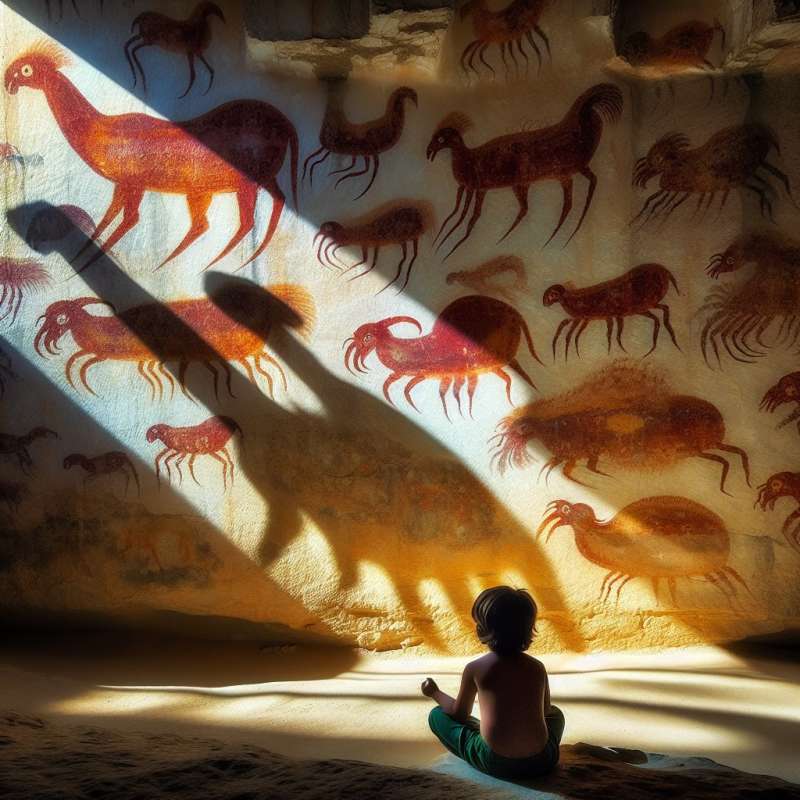
Animation: An Overview
Animation breathes life into static images. The earliest forms date back to paleolithic cave paintings, where animals were depicted with multiple legs in superimposed positions to suggest motion.
Thaumatrope: Simple Illusion
In 1824, the thaumatrope showcased a basic animation principle. This spinning disc with images on both sides created the illusion of a single picture, illustrating persistence of vision.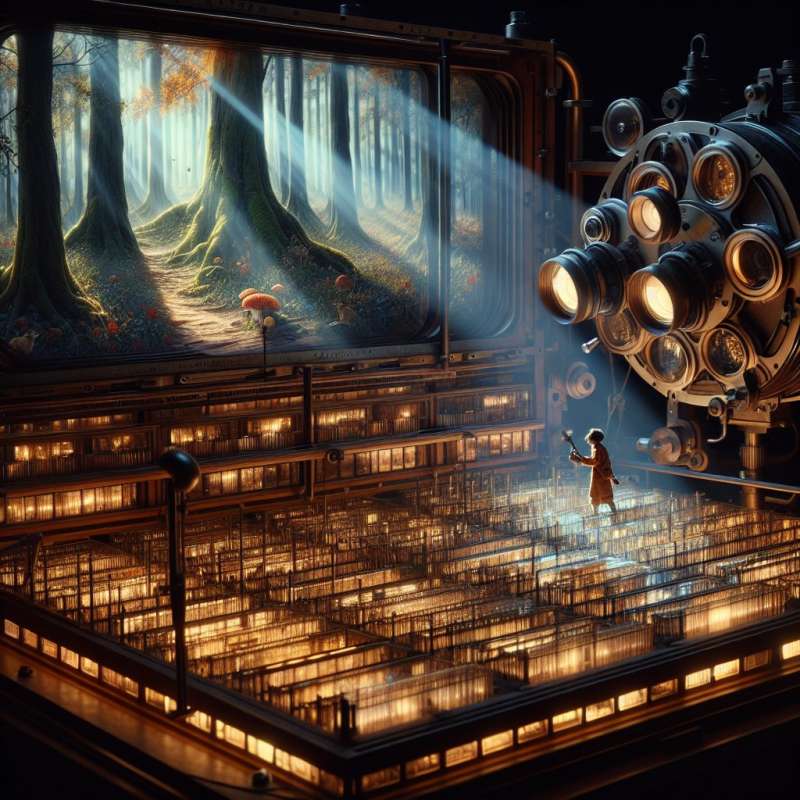
Multiplane Camera Evolution
Disney's multiplane camera revolutionized animation in 1937, allowing for multi-layered scenes. This added depth and realism, significantly changing animation techniques and visual storytelling.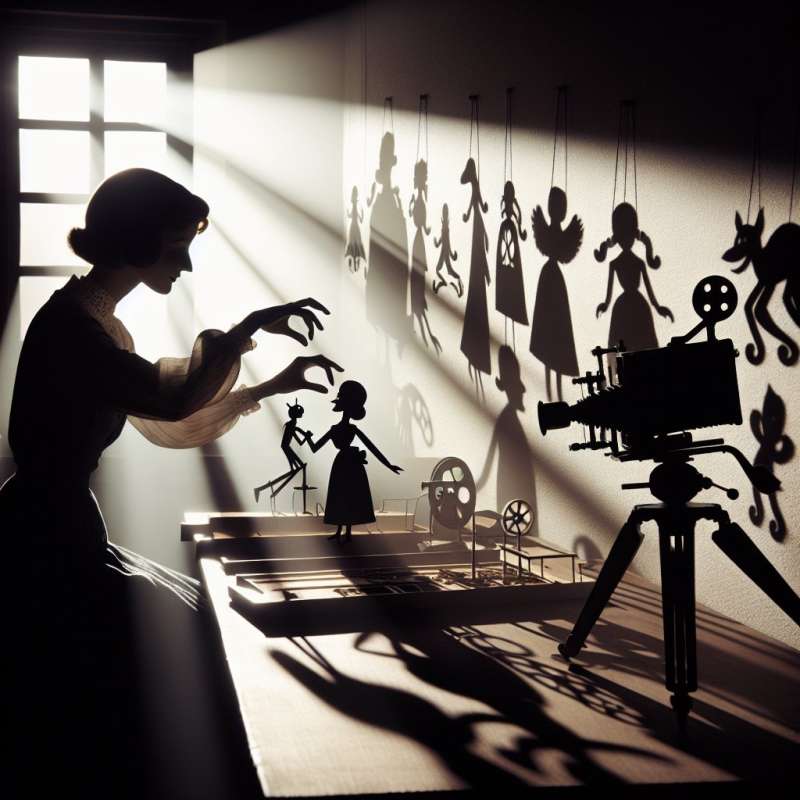
Animation's Unsung Heroine
Lotte Reiniger pioneered silhouette animation in the 1920s, long before Disney. Her film 'The Adventures of Prince Achmed' (1926) is considered the first full-length animated feature.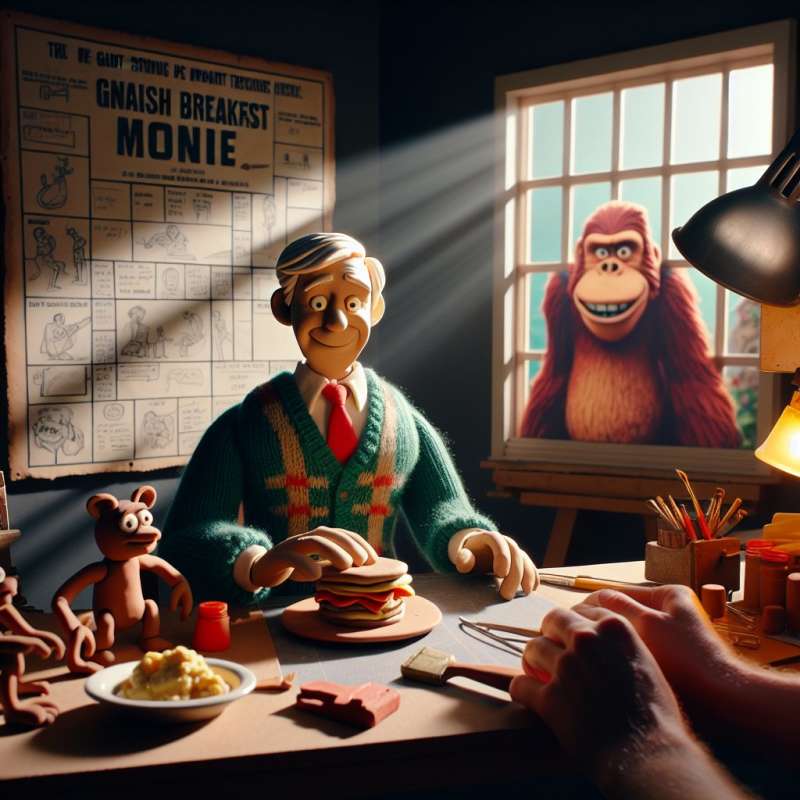
Stop-Motion: Frame by Frame
Stop-motion animation, where objects are moved in small increments between individually photographed frames, brought classics like 'King Kong' (1933) and 'Wallace & Gromit' to life.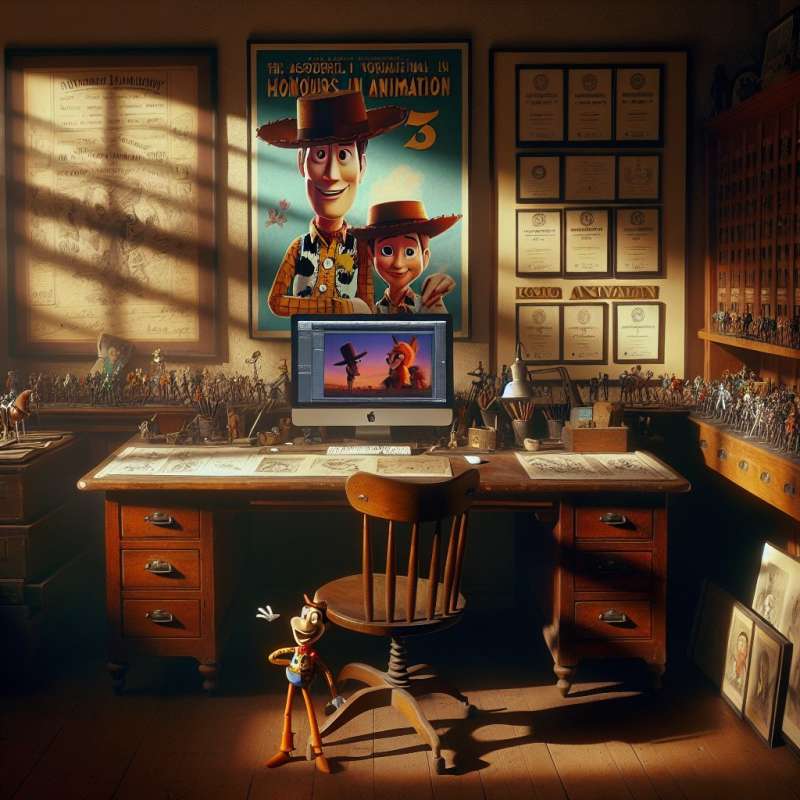
Digital Animation Breakthrough
Pixar's 'Toy Story' (1995) was a game-changer as the first entirely computer-animated feature film. It marked the beginning of a new era in animated storytelling and technology.
Benefits of Animation in Education
Studies suggest animation can enhance learning by simplifying complex concepts and increasing engagement. Animated educational content is becoming an increasingly valuable tool in classrooms worldwide.
What suggests motion in paleolithic paintings?
Multiple superimposed leg positions
Use of vibrant colors
Shadow outlines on walls
Company